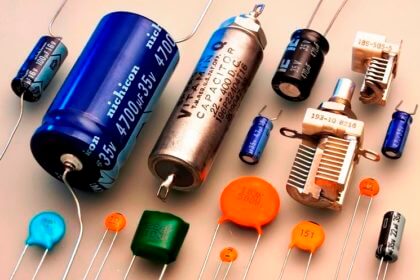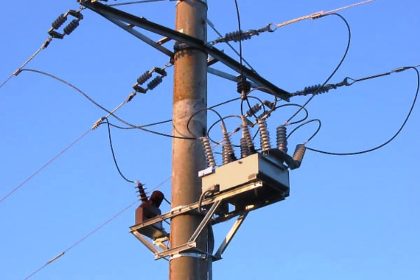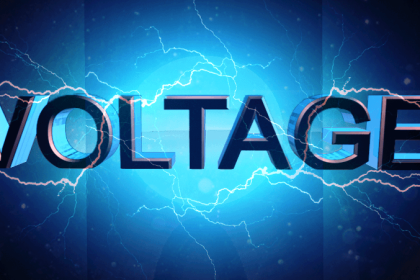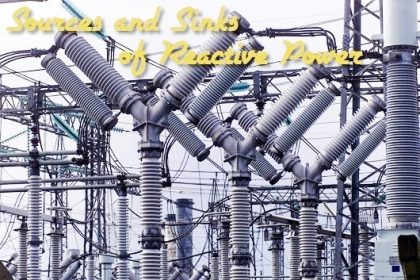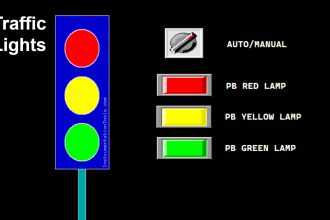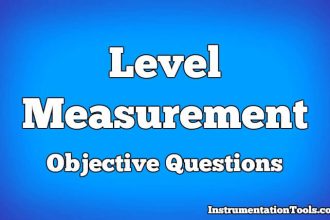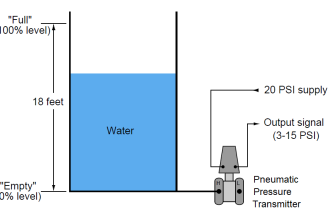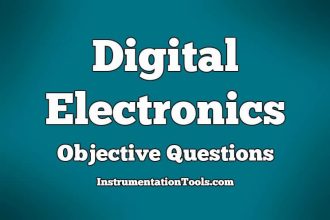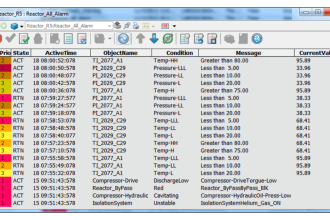Rotor Angle Stability:
Rotor angle stability is the ability of the interconnected synchronous machines running in the power system to remain in the state of synchronism. Two synchronous generators running parallel and delivering active power to the load depends on the rotor angle of the generator (load sharing between alternators depends on the rotor angle).
During normal operation of the generator, rotor magnetic field and stator magnetic field rotates with the same speed, however there will be an angular separation between the rotor magnetic field and stator magnetic field which depends on the electrical torque (power) output of the generator.
An increase in the prime mover speed (turbine speed) will result in the advancement of the rotor angle to a new postion realtive to the rotating magnetic field of the stator. On the other hand reduction in the mechanical torque will result in the fall back of the rotor angle relative to the stator field.
In equilibrium condition there will be equilibrium between the input mechanical torque and output electrical torque of each machine (generator) in the power system and speed of the machines will remain same. If the equilibrium is upset which results in the acceleration or deceleration of rotors of the machines.
If one of the inter connected generator moves faster temporarily with respect to the other machine. rotor angle of the machine will advance with respect to slow machine. This results in the load deliver by faster generator increases and load delivered by slow machine decreases. This tends to reduce the speed difference between the two generators and also the angular separation between the slow generator and fast generator.
Beyond certain point the increase in the angular separation will result in decrease of power transfer by the fast machine. This increases the angular separation further and also may lead to instability and synchronous generators fall out of synchroism.
